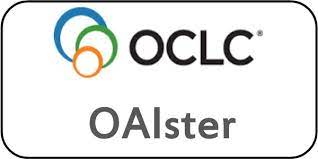Fascia Iliaca Compartment Block in the Emergency Room in Hip Fracture and Shaft of Femur Fractures
Keywords:
Fascia iliaca block, hip fracture, fracture of shaft of femur, opioid need,, , analgesiaAbstract
Fascia iliaca block, a well-established method of local anesthesia, is underused in the emergency department. This study aimed
at assessing the efficacy, ease of administration by a junior doctor, and the reduction of opioid requirement in patients with
fractures of hip and shaft of femur. In this prospective randomized blinded case-control study, 57 patients were randomly
assigned into case and control groups to receive 0.25% ropivacaine and 0.9% normal saline (NS) in the fascia iliaca space,
respectively, with fentanyl as on demand analgesia titrated to response in both groups. There was a significant difference
between the two groups in the visual analog scale between 2 and 6 hours. The reduction in pain score was statistically
significant in the case group (from its baseline) compared to the control group (from its baseline). The opioid requirement
was also significantly reduced in the case group compared to the control group. The study was effective in demonstrating
that fascia iliaca block was successful at reducing the need for opioid analgesia and that it could be performed without much
complication by a relatively inexperienced clinician.
Downloads
Published
Issue
Section
License
All open access articles published in IJCP are distributed under the terms of the CC BY-NC 4.0 license (Creative Commons Attribution-Non-Commercial 4.0 International Public License). This license permits unrestricted use, distribution, and reproduction of the articles in any medium for non-commercial purposes, provided that: The original authorship is properly and fully attributed. The IJCP is cited as the original place of publication with correct citation details. If an original work is reproduced or disseminated in part or as a derivative work, this must be clearly indicated. No articles are reproduced for commercial use without prior consent from the IJCP. All licensing requests and permissions for commercial use will be managed by the Publisher.










